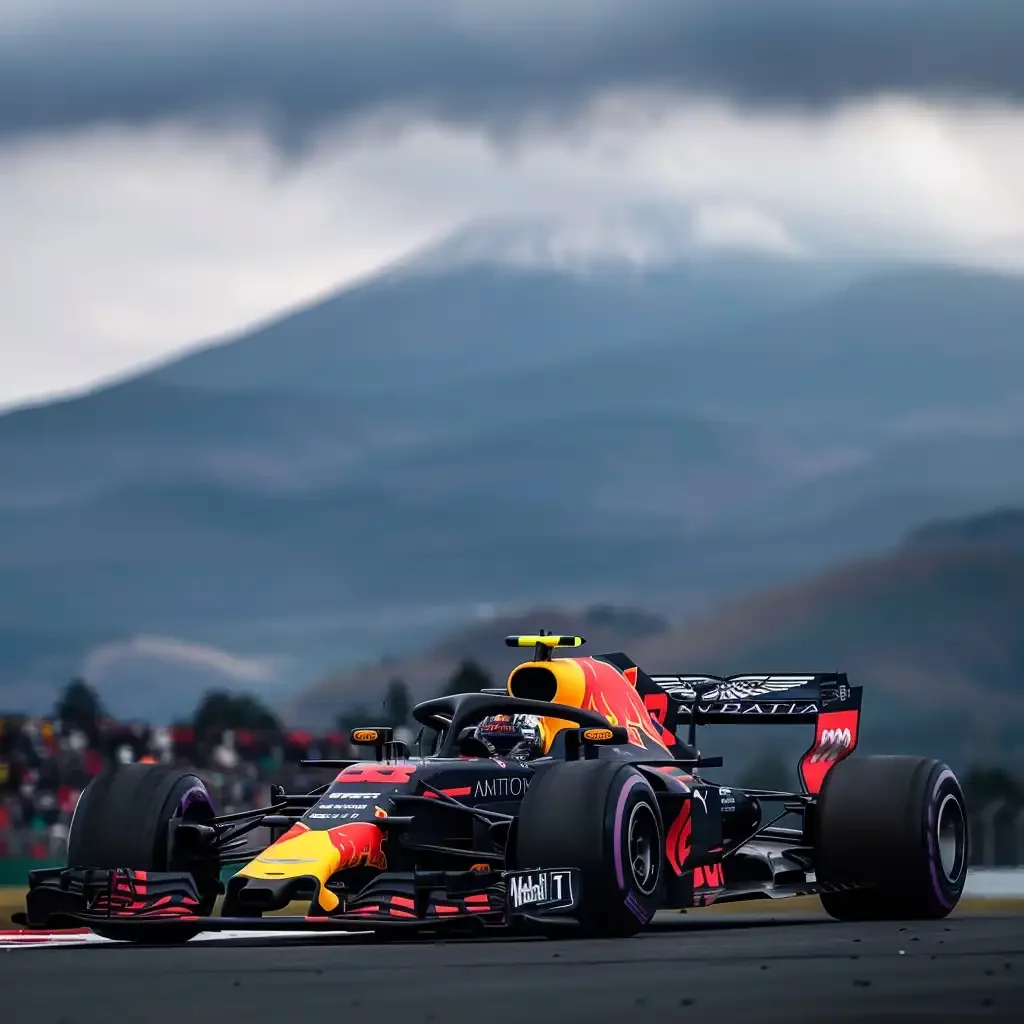The Japanese Grand Prix is one of the most iconic events in the Formula 1 World Championship. Usually held at the legendary Suzuka Circuit, the race is known for its challenging layout. It is also known for its technical corners and unique atmosphere. Here is a detailed look at the history, characteristics and memorable moments of this Grand Prix.
History of the Japanese Grand Prix
The first Japanese Grand Prix took place in 1963. However, it was not part of the Formula 1 World Championship. It was not until 1976 that the race was officially included in the calendar, taking place at the Fuji Circuit. After two editions, the organizers withdrew the race until 1987, when it returned to the Suzuka Circuit. It is a track designed by the famous Dutch architect John Hugenholtz.
Since then, the Japanese Grand Prix has become a must-see event for drivers and fans alike. Suzuka, with its figure-eight layout, is one of the few circuits to offer such a layout. Indeed, this circuit combines speed and technicality, making it a real challenge for drivers.
Suzuka Circuit
The Suzuka Circuit is 5.807 km long and has 18 corners. Fans particularly appreciate it for the variety of its corners, ranging from fast curves to tight hairpins. Among the most famous sections are the “S-Curves”, a series of fast corners that test the precision of the drivers. There is also the “130R” corner, a high-speed curve that requires perfect control.
Suzuka is also known for its unpredictable weather conditions, with races often marked by rain. This adds an extra layer of difficulty.
Memorable Moments
The Japanese Grand Prix has been the scene of many memorable moments in Formula 1 history. Some of the most notable include:
- 1989 and 1990: The duels between Ayrton Senna and Alain Prost, two consecutive years where controversial collisions between the two champions decided the world title.
- 2000: Michael Schumacher takes a crucial victory, securing his first world title with Ferrari.
- 2014: The race marked by Jules Bianchi’s tragic accident. It led to significant safety improvements in Formula 1.
Importance and Impact
The Japanese Grand Prix is often crucial in the race for the world title. Indeed, it is one of the last races of the season. The passionate and numerous Japanese fans create a unique atmosphere, making Suzuka a motorsport festival.
Apart from the sporting aspect, the Japanese Grand Prix has great economic importance for the region and the country. It attracts thousands of international spectators and generates significant economic benefits.





